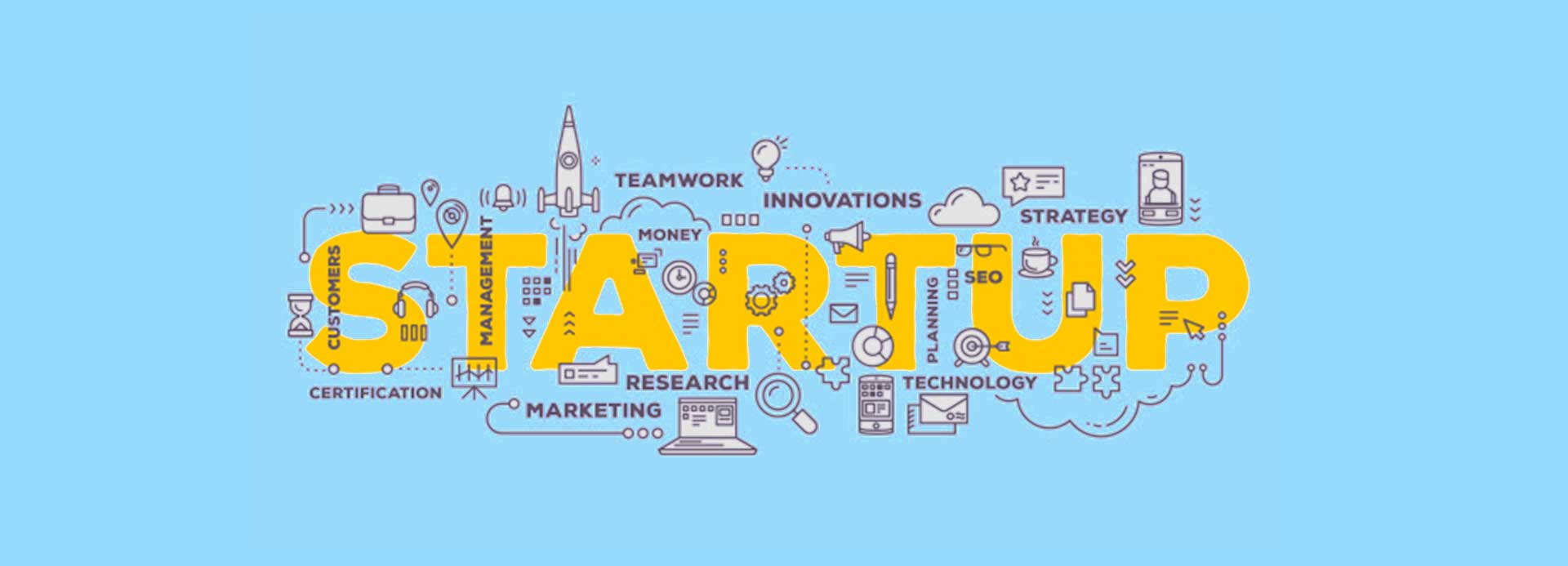

Financing a startup is not a simple process. If this is your first time funding a business, don’t worry. We’ll break down every step of the process and how it impacts your ownership. The first thing to understand about funding is that is not done all at once.
There are multiple rounds of funding that occur as the business grows.
The Pitch Deck
In the beginning stages, funding will typically come from your savings, loans, and family members. You should create a pitch deck, demonstrate an understanding of the market, and use this as an opportunity to show you have the skills necessary to run a business.
After you have solidified your pitch, you should consider bringing on a co-founder. This person can be someone to bounce your ideas off or even someone that compliments your skillset. Keep in mind that startups with two co-founders raise 30% more than startups with only one.
Pre-seed Funding
The next stage is known as pre-seed funding. This is when you present your fine-tuned pitch to family and friends, and potential angel investors. Keep your expectations in check, funding for this round typically doesn’t exceed a million dollars. However, this money will be critical to the success of your company, allowing you to hire your first employees or even secure an office to work out of. Another option at this stage is to secure a business loan. You’ll have to pay back the loan with interest, but you also won’t be giving up equity.
The Seed
The next stage is called the seed round. $1.7 million is the typical amount raised during this phase. This is the stage where venture capitalist funds and accelerators start to show interest in your company. However, depending on the source of funding, you may give up 10-25% of equity during this stage.
Series A
Series A is the funding round that switches the focus from your company’s potential to its traction in the marketplace. Positive market reception increased revenue, and savvy use of previous investments will all play a role in this round of funding. Venture capitalists, hedge funds, and private equity firms will all be interested during this stage. Series A investments average around $10.5 million and may cost anywhere from 15 to 50% of the equity in exchange. Some businesses elect to try equity crowdfunding at this stage if they don’t attract a lot of interest from large investors.
Series B
At this point, your company should be showing strong signs of growth and success. The Series B round funding is traditionally used to scale your business to keep up with increased demand. In this round, you can expect around $25 million in funds in exchange for 15-30% of equity. Series B funding will also draw more scrutiny from potential investors, so make sure the business is fully fleshed out and ready to operate on a much larger scale.
Series C
Series C is typically the last funding round before a potential initial public offering (IPO). Investment banks and private equity firms will be targets during this stage. If you make it to this round, your company will not be seen as a risky investment and more attractive to more conservative investors. Money raised during this round could be used to acquire competitors, increase the company’s global footprint, or increase the valuation before an IPO.
IPO
During all the funding rounds described above, the shares of the company are privately held, and can’t be offered to the public. Through an IPO, the previously private shares can now be sold to the public. This allows investors to liquidate their shares if they choose and allow the company to raise even more money. Once a company goes public, the value of the company switches from an investor’s valuation to the trust and judgment of the public at large. An example of an IPO I want to share with you today. The world’s most profitable company is getting listed, Saudi Aramco, why and how you can read here in this article, Saudi Aramco IPO explained: Who can buy and how, prices and more.
Funding can be a confusing and scary process. For a step by step breakdown, check out this infographic below from Fundera.

Ricardo is a Content Associate at Fundera, a marketplace for small business financial solutions.

![The Digital Vault: Securing the Corporate Data Core in an Era of Inevitable Threats [Infographic] WordPress-Post-Template-Podcast](https://www.skillzme.com/wp-content/uploads/2025/07/Wordpress-Post-Template-Podcast-200x200.jpg)
![Super Bowl LIX in New Orleans 2025 [Infographic] hero-image-superbowl-2025](https://www.skillzme.com/wp-content/uploads/2025/02/hero-image-superbowl-2025-200x200.jpg)
![Salaries of Famous Scientists [Infographic] Salaries of Famous Scientists](https://www.skillzme.com/wp-content/uploads/2025/04/hero-image-Salaries-of-Famous-Scientists-200x200.jpg)


Very soon this web page will be famous among all blogging and site-building users, due to it’s nice articles